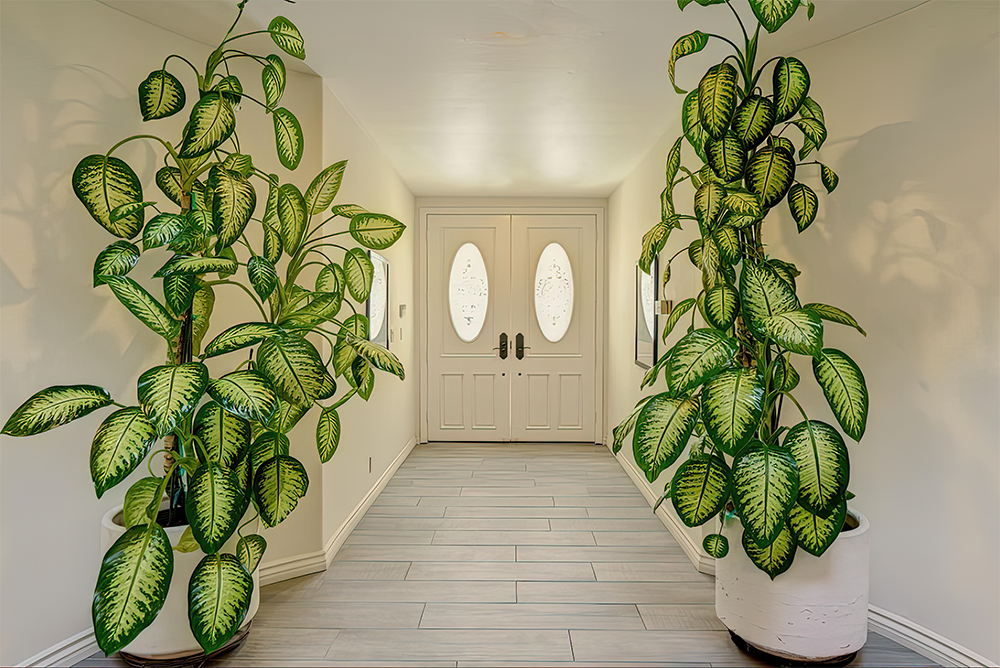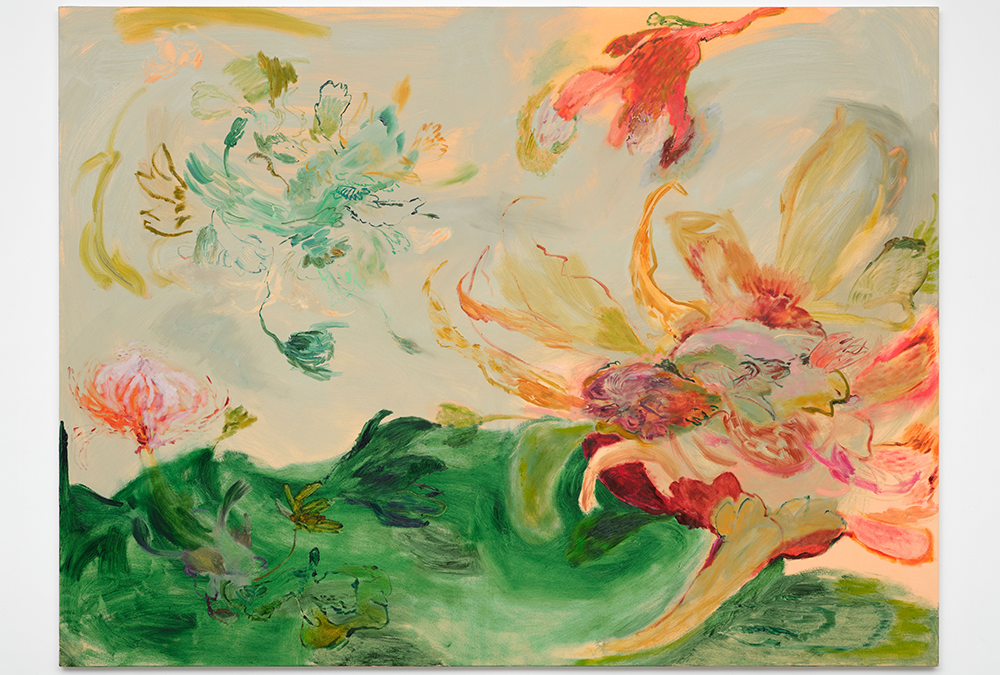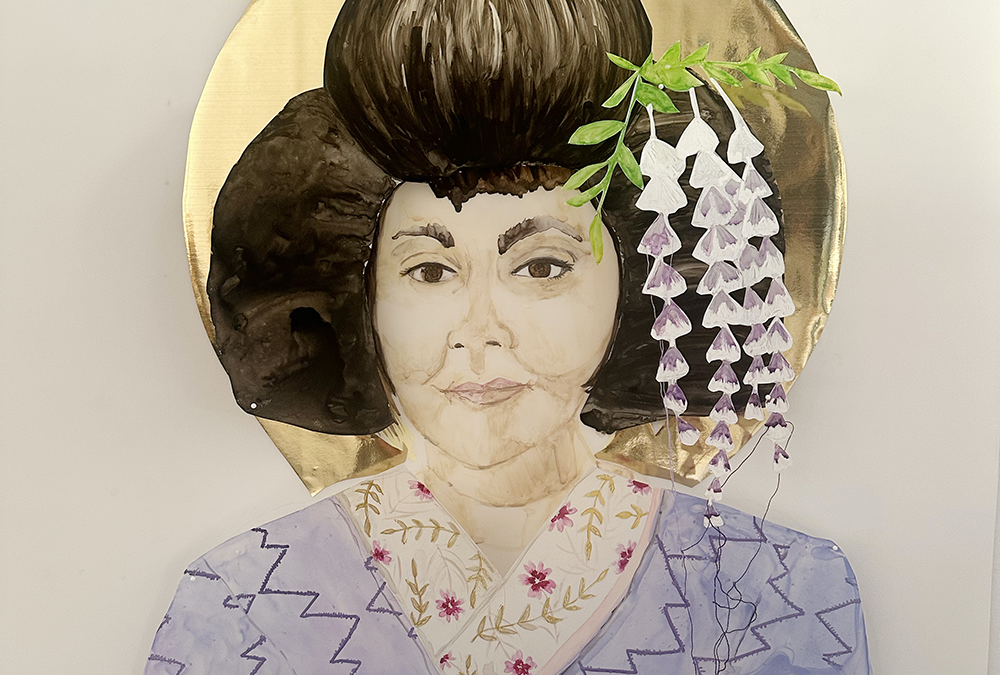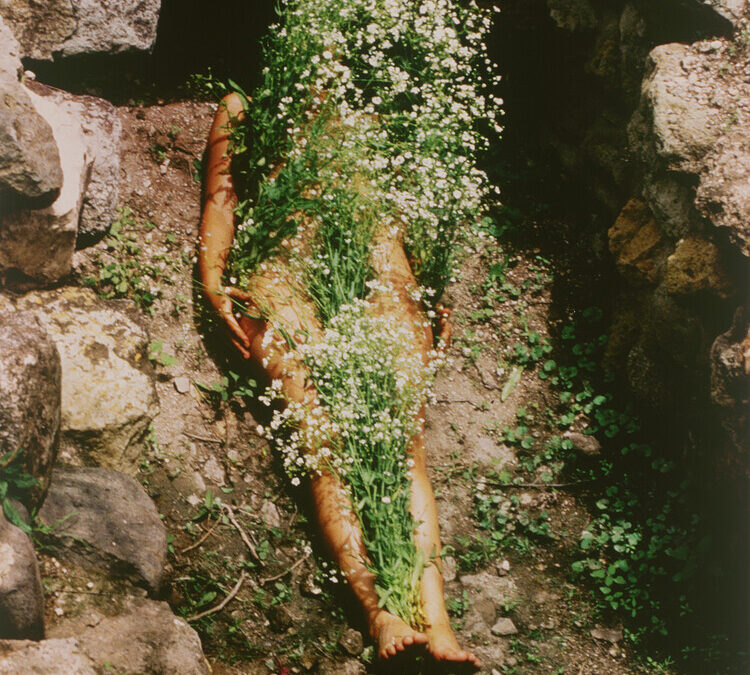During the early months of the pandemic, Judy Fiskin needed a new way of working in which she did not have to leave the security of her home. Fiskin happened upon a real estate website with interior images of houses for sale and...


During the early months of the pandemic, Judy Fiskin needed a new way of working in which she did not have to leave the security of her home. Fiskin happened upon a real estate website with interior images of houses for sale and...

Occasionally a gallery delivers a show of work that activates the intellect, rewards an afternoon of driving, and restores a little hope. In the small gallery at François Ghebaly are Patricia Iglesias Peco’s large works on paper. Flowers rendered in understated...

Lisa Solomon creates evocative watercolor self-portraits wearing the traditional attire of the countries that make up her ethnic heritage, as well as the traditional clothing of countries she’s had misidentified as a part of her cultural history. Perfect, precise and...

Alonzo Davis’ paintings are breathtaking in their materiality. Using saturated, refractive palettes, and woven paper and canvas to form a layered topography, the works assert their physicality as much, if not more than the imagery. Abstract—but with elements of...

Ana Mendieta's work is as much about life as it is about death. Attuned to the sacred bond between bodies and land, Mendieta regarded nature as a sensitive and emotive force entangled in culture and politics—a messy assemblage of energies and ideologies embedded in...

Subscribe to our weekly Gallery Rounds Newsletter for new Reviews, Art opps, Art Events, & More every week!